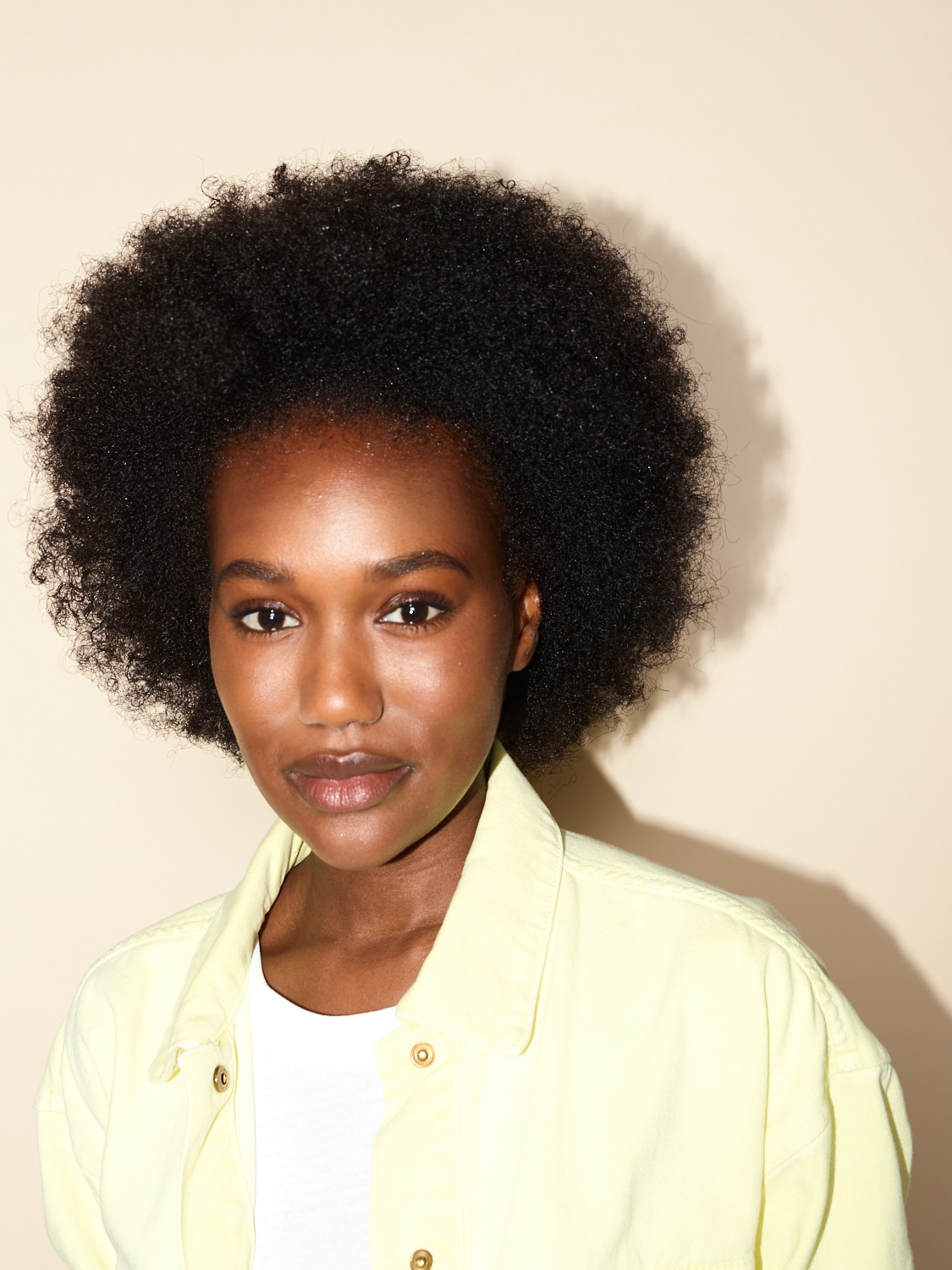Skip to:

What Type of Skin Do I Have? Our Ultimate Guide
If you’ve ever found yourself wondering “What type of skin do I have?”, then we’re here to help you figure it out.
In this guide, we’ll be breaking down the key skin types, what they look like and the best way to care for them.
All skin types benefit from consistently using great skincare products like cleansers and moisturisers but knowing how to tailor your routine to your skin’s needs and what ingredients to look out for when you’re shopping can make a major difference.
Ready to meet your skin type? Let’s go...
What is a skin type and what sort of skin do I have?
Skin types are different sets of characteristics that people can have. They’re created by genetics, so the skin type you’re born with is something you’ll have throughout your life.
Your skin can, of course, change throughout your lifetime depending on environmental factors, hormones, stress and more. But your skin type will generally stay the same or return to its usual condition once temporary factors (for example cold weather) go back to normal.
So, let’s take a look at the main skin types and how you can work out what yours is.
The Simple truth
All skin types benefit from skincare steps like cleansing and moisturising. Knowing your skin type helps you discover the best ingredients and formulas for your skin's needs.
What are the 4 skin types?
It’s generally believed that there are four skin types (balanced, combination, oily and dry).
The main skin types are:
- Balanced skin
- Combination skin
- Oily skin
- Dry skin
How can I identify my skin type?
Knowing what the main skin types are is one thing, knowing how to find out your skin type can be a little trickier.
Along with reading the descriptions of each skin type below and seeing which one sounds the most aligned to what your skin is like, there’s two little tricks you can try at home that might give you more of an idea.
The first is a bit of a ‘wait and see’ method. After using a gentle cleanser, wait around half an hour before applying any other products and see how your skin feels. If it feels tight and dry or already starting to get oily then these should give you some clues as to which type you might be.
The other method is the blot test. Half an hour after cleansing, take some blotting paper and dab onto your skin. Oily across your entire face? You officially have an oily skin type. Oily across your T-zone but dry on the cheeks and other areas of the face? Then you’re likely looking at a combination skin type.
Now, let’s go through the different skin types and their traits so you know for sure how to find out your skin type.

What’s a balanced skin type?
Despite the name, it’s actually not a common skin type for people to describe themselves as having.
It’s mainly characterised by looking healthy and even - it’s not too oily or too dry. You may occasionally experience reactions or blemishes, but overall, your skin is well balanced.
Remember that things like blemishes and texture are totally normal for skin to have, so it doesn’t mean your skin isn’t if it doesn’t fall into this category.
Some signs of having a balanced skin type include:
- Smooth texture
- Small or less visible pores
- No oily or dry patches
- Not prone to breakouts
- Rarely reactive or sensitive
How can you care for balanced skin?
Having normal skin means you’re less likely to have specific skin needs like blemish control or intense hydration, but it’s still important to care for your skin with the basic skincare steps. Using gentle cleansers like our NEW Active Skin Barrier Care Refreshing Cream Cleanser, a toner and hydrating moisturiser will help keep your skin at its best.
What’s a combination skin type?
Oily nose, forehead and chin, but dry cheeks? Then you likely have combination skin. Some combination skin characteristics include:
- Oily areas (like the T-zone and chin)
- Blackheads
- Enlarged pores around the T-zone
- Dry, flaky cheeks
How can you care for combination skin?
When you have combination skin, it’s best to mix and match different products for different areas to suit your mix of skin types – both oily and dry.
Try our Daily Skin Detox™ range for your oily areas, along with our Kind to Skin™ range to hydrate your skin for up to 12 hours without overwhelming your pores.

What’s a dry skin type?
Flaky patches? Tight skin? Yep, it sounds like you have dry skin. Here are some of the most common characteristics of dry skin:
- Rough texture
- Dull or blotchy complexion
- Flaky, scaly or red patches
- Almost invisible pores
- A lack of elasticity
- Fine lines and wrinkles look more visible
How can you care for dry skin?
A dry skin type benefits from intense hydration and moisture. It’s also one of the skin types that can show signs of skin ageing more than others, so keeping it nourished is key. Our Water Boost™ range replenishes dry skin with its hydrating combination of natural minerals and plant extracts. Drinking plenty of water and avoiding long, hot showers and baths can also help you care for dry skin.
What’s an oily skin type?
As you’ve likely guessed, this skin type is mainly characterised by looking shiny.
People with oily skin experience more sebum production than other skin types, which can clog pores and lead to breakouts. However, they’re also less likely to show signs of premature ageing because of this as well.
Some of the signs you have an oily skin type include:
- Shiny-looking skin
- Enlarged pores
- Prone to breakouts
- Less visible fine lines and wrinkles

How can you care for oily skin?
Finding the right products to look after an oily skin type is so important to help keep it balanced.
Often, people reach for harsh cleansers and skip moisturiser thinking that skin produces less oil as a result. Actually, dryness causes oily skin to overproduce sebum, so it’s counterproductive.
Our advice is to focus on consistently using a gentle skincare routine that features a mild cleanser and an oil-free moisturiser. Our Daily Detox™ range has been designed with oily skin in mind and is enriched with purifying ingredients like Charcoal and Witch Hazel to help keep skin purified without being harsh.
Introducing our Niacinamide Booster Serum could also help keep blemishes in check, along with a whole host of other skin benefits.
What’s a sensitive skin type?
Now you know more about common skin types, it’s important to note that everyone can also experience skin sensitivity at different times in their life.
People with sensitive skin find that they experience reactions to different products, stress, environmental factors and more. It can have links to an underlying, inflammation-based skin condition like Eczema or Rosacea.
Some of the signs of having sensitive skin include:
- Easily becoming irritated
- Redness
- Itching
- Burning
- Dry patches
How can you care for sensitive skin?
As sensitive skin is so reactive, it’s important to find formulas that avoid causing flare-ups. Which is why we’ve developed our entire skincare range to be free from perfume, colour and other harsh ingredients.
Our NEW Active Skin Barrier Care collection is the perfect choice because it supports your skin barrier, which helps defend your skin against environmental aggressors.
Looking for more skin care advice?
So, there you have it. That’s everything you need to know about different skin types. We hope it helped you work out what yours is and how to care for it.
Remember, one thing all skin types can benefit from is sun protection. Add one like our Kind to Skin™ Light Protecting Moisturiser SPF 15 to your morning routine to help defend against daily UV rays – yes, even when it’s cloudy.
Want to get even more clued up on skincare and the best products for your newly discovered skin type? We’ve got lots more articles for you to check out right here on our blog.
Don’t forget to join us on our social channels for all the latest updates and advice, see you there!
-
Related Articles
- Slide One



